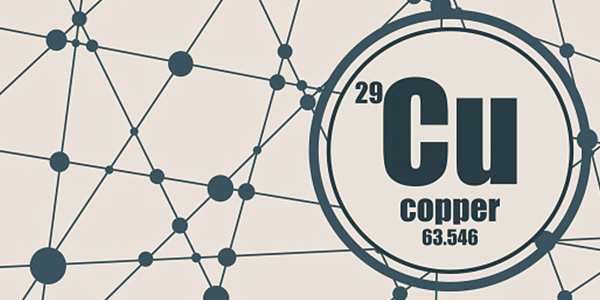Copper & Copper Alloys

Applications and Characteristics
Copper and copper alloys offer a suite of infinitely recyclable materials providing many property combinations suited to a wide range of applications. There are more than 400 copper alloys, each with a unique combination of properties, to suit many applications, manufacturing processes and environments. Copper and copper alloys make a significant contribution to the latest developments in renewable energy, information and communication technology, architecture, health and sanitation.
Pure copper has the best electrical and thermal conductivity of any commercial metal. Copper forms alloys more freely than most metals and with a wide range of alloying elements to produce the following:
Brass is the generic term for a range of copper-zinc alloys with differing combinations of properties, including strength, machinability, ductility, wear-resistance, hardness, electrical and thermal conductivity, and corrosion-resistance.
Bronze alloys are made from copper and tin, and were the first to be developed, about four thousand years ago.
Gun metals are alloys of copper with tin, zinc and lead and have been used for at least 2000 years due to their ease of casting and good strength and corrosion resistance.
Copper-nickel alloys have excellent resistance to marine corrosion, high thermal conductivity, and low susceptibility to attachment of marine macro-organisms. The addition of nickel to copper improves strength and corrosion resistance, but good ductility is retained.
Beryllium-copper is the hardest and strongest of any copper alloy, in the fully heat treated and cold worked condition. It is similar in mechanical properties to many high strength alloy steels but, compared to steels, it has better corrosion resistance.
Since 1984
We are proud to support our local communities with jobs that offer good working environment, excellent pay and benefits, growth opportunities and stability. Proud to be an American Manufacturer and a Woman Owned Business.
Contact Us Today